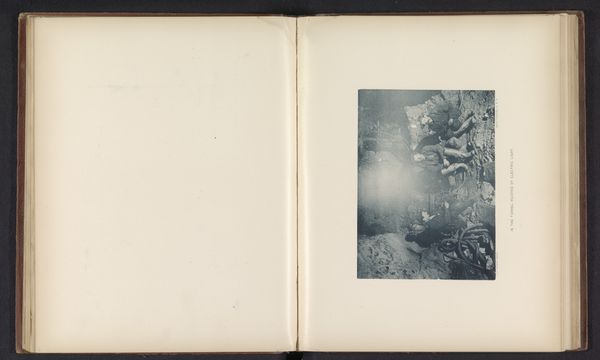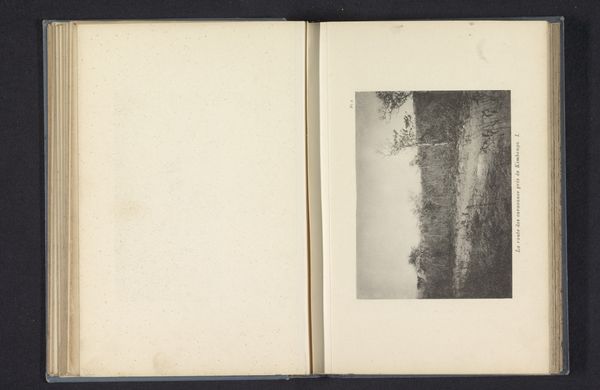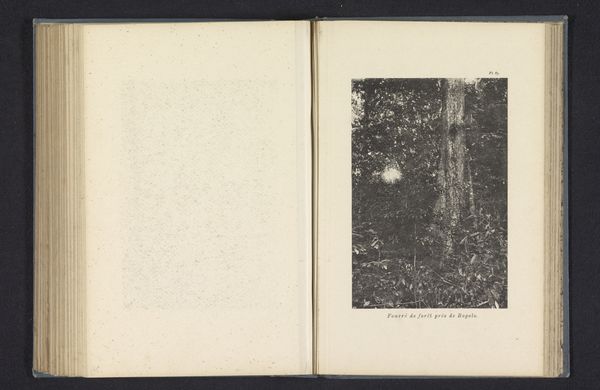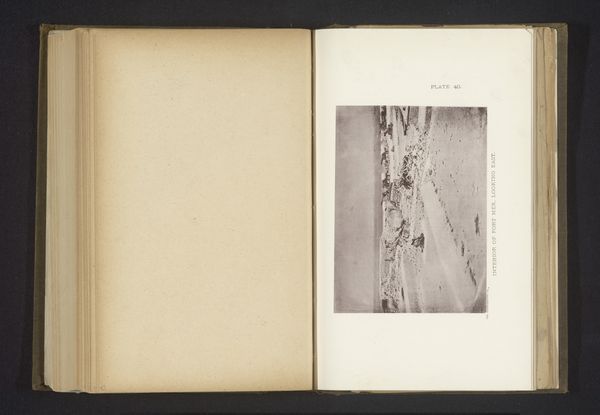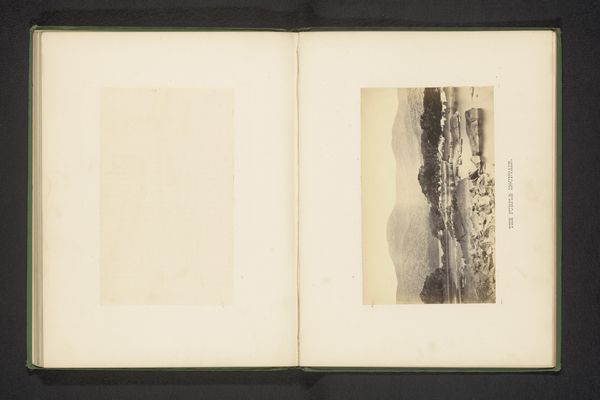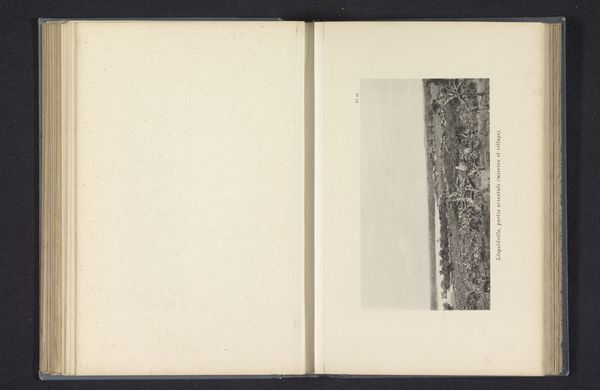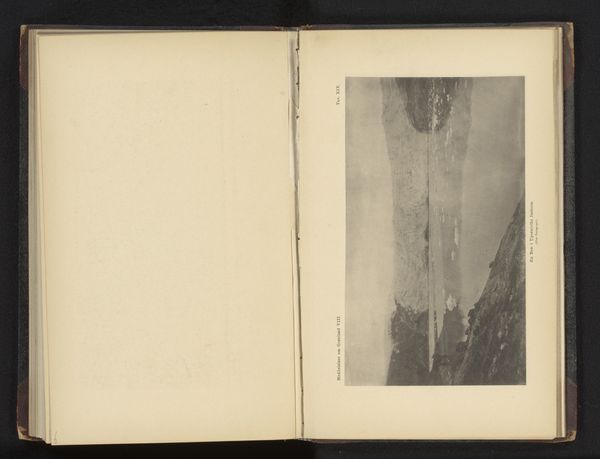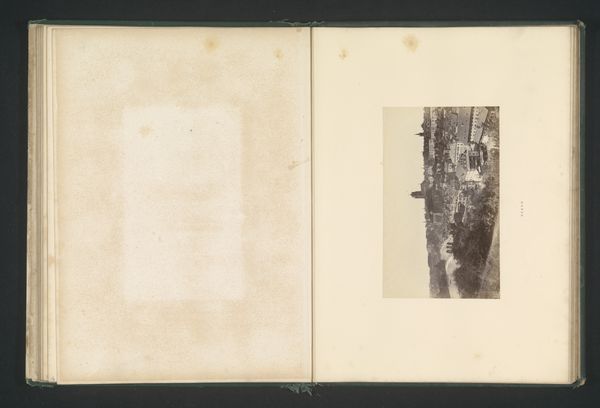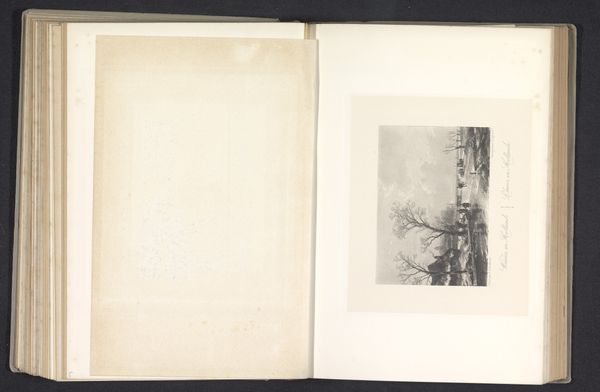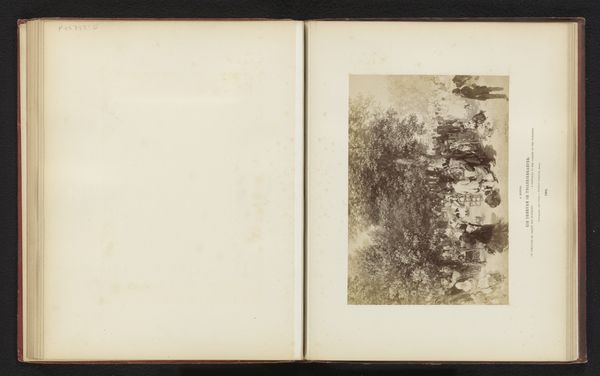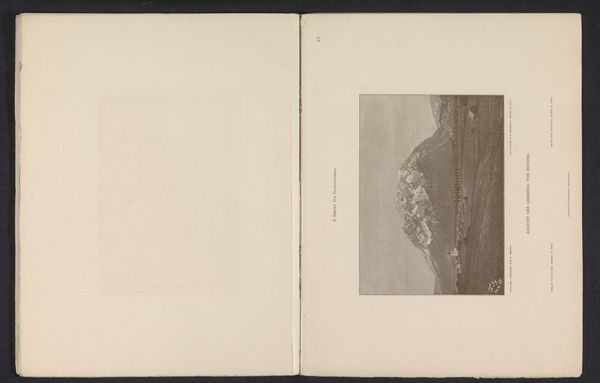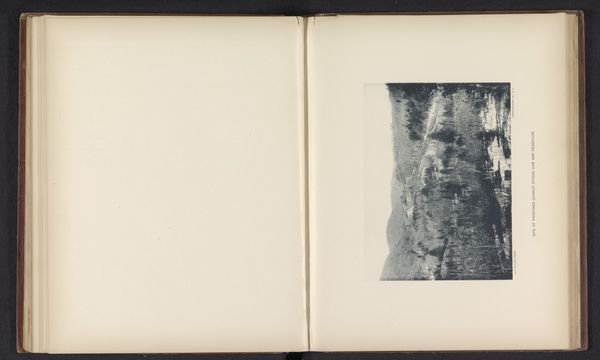
print, photography, gelatin-silver-print
# print
#
landscape
#
photography
#
gelatin-silver-print
#
post-impressionism
Dimensions: height 110 mm, width 160 mm
Copyright: Rijks Museum: Open Domain
Franz Thonner took this photograph, "Vallei met een houten brug nabij Kimbongo," the valley with a wooden bridge near Kimbongo, as part of his exploration of what was then the Belgian Congo. In the late 19th century, European powers used photography to document and legitimize their colonial endeavors. Thonner’s image presents the Congo as a landscape to be mapped, traversed, and, implicitly, controlled. The wooden bridge symbolizes European aspirations to connect and dominate the region. However, the valley itself is dense and obscures easy passage. Consider the institutional forces that shaped this image. Explorers like Thonner were often funded by colonial governments and scientific societies. Their photographs served as a form of visual inventory and a means of promoting colonial expansion to a European audience. To truly understand Thonner’s photograph, we need to consult travelogues, colonial archives, and anthropological studies. Art is never made in a vacuum and is always contingent on social and institutional contexts.
Comments
No comments
Be the first to comment and join the conversation on the ultimate creative platform.
